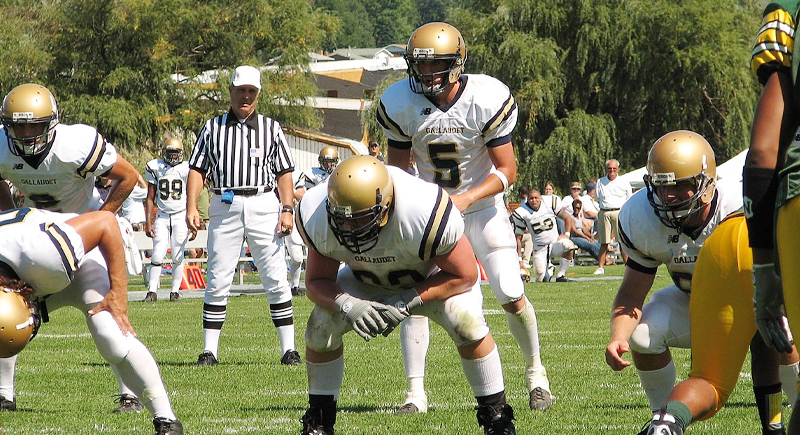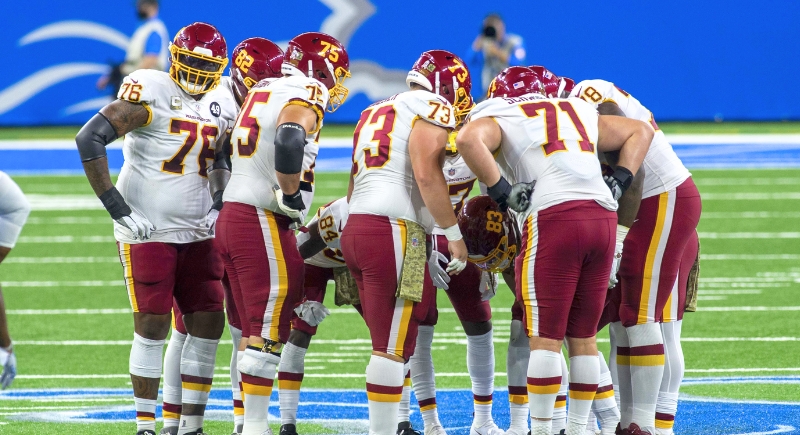How One Deaf Quarterback’s Bold Move Changed Football Forever
In 1894, Paul Hubbard, a deaf quarterback at Gallaudet University, made a simple adjustment during a football game that would influence every level of the sport. Concerned that his hand-signed plays were visible to opposing players, he formed a tight circle with his teammates to keep their exchanges private. That decision, prompted by the specific needs of a deaf team, created the football huddle.
As time passed, it became a standard part of how teams operate. The huddle solved a real problem with a practical approach that changed how coordination works in sports.
Gallaudet Football Faced a Unique Strategic Challenge

Image via Wikimedia Commons/David Fulmer from Pittsburgh
Gallaudet University in Washington, D.C., was the first higher education institution established for deaf and hard-of-hearing students. In the 1890s, its football team played against both hearing and deaf schools. They used American Sign Language to relay plays—coaches signed from the sidelines, and players signed to each other near the line of scrimmage. All of it happened in full view.
Opposing teams, especially those familiar with sign language, began to anticipate Gallaudet’s plays by watching those visual cues. Hubbard noticed this and understood that visible interaction left the team vulnerable. At that time, there was no discreet way for deaf teams to communicate plays without exposing their strategy to opponents. Hubbard needed to limit visibility without losing speed or clarity, which led him to the huddle.
The Huddle Was Invented to Conceal Visual Play Calls
The purpose of a huddle was simple: to protect team communication in a game where secrecy mattered. That year, the Gallaudet Bison finished with a 5-2-1 record, which included decisive wins over the Pennsylvania Deaf School (24–0) and New York Deaf School (20–6).
With this new strategy in place, the team could operate with the same level of privacy that hearing teams already enjoyed through spoken commands. It allowed the players to focus on execution instead of worrying about interception of their plans.
Spreading Through Coaching and Practical Use

Image via Wikimedia Commons/All-Pro Reels
After graduating, Paul Hubbard accepted a position at the Kansas School for the Deaf. He introduced the huddle there while coaching the school’s football team in 1899. His coaching career in Kansas lasted over four decades, where he also served as the school’s first athletic director.
His innovative style of play proved helpful in Kansas, just as it had in Washington. Nearby schools adopted the method after seeing its benefits. Some accounts credit Robert Zuppke, a University of Illinois coach, for popularizing the huddle, but its origins are traced directly to Gallaudet.
By the 1920s, the move had become common in college football. Eventually, it moved beyond football. Sports like basketball, volleyball, and even cricket now use huddles to organize strategy during breaks in play.